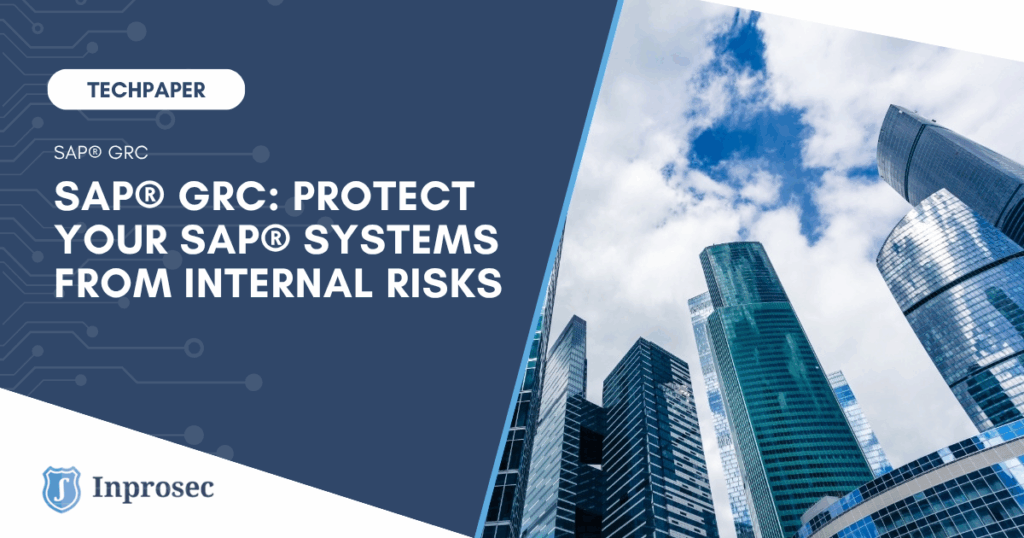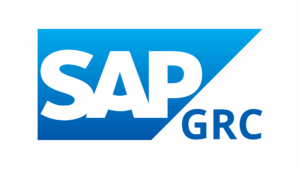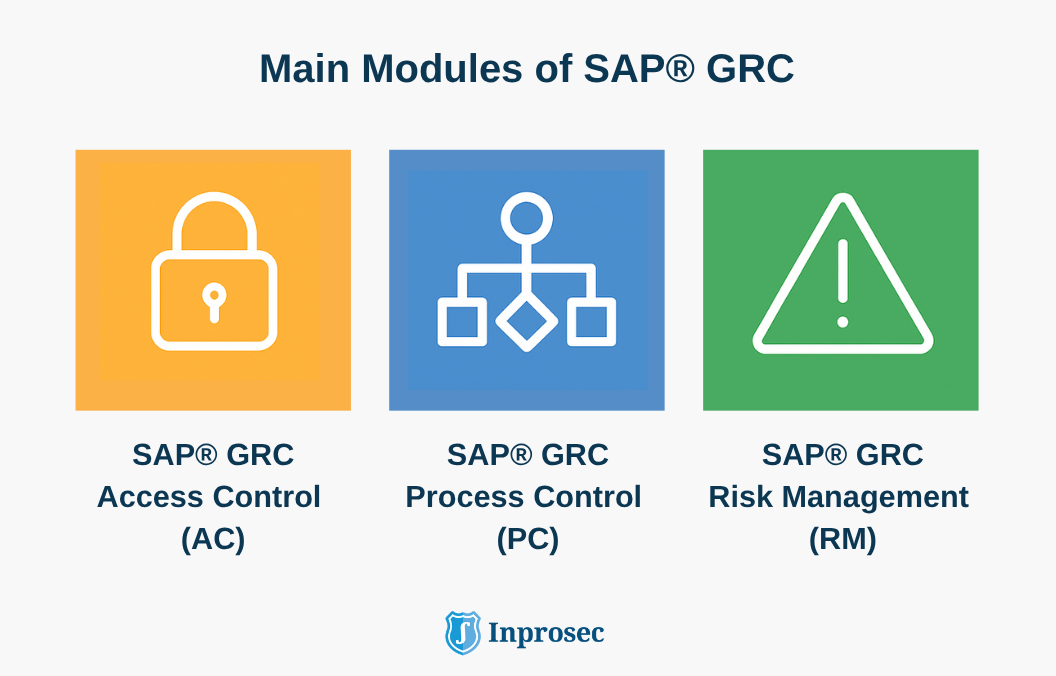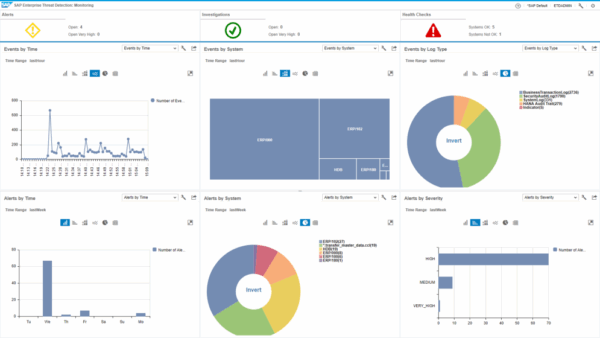In today’s increasingly regulated and interconnected business environment, having effective management of access, risks, and compliance is essential. For organizations using SAP®, SAP® GRC (Governance, Risk and Compliance) emerges as a strategic solution that enables centralized risk and compliance management, ensuring operations are carried out within a strong control framework.
This article provides an in-depth explanation of what SAP® GRC is, its main modules, and the specific benefits it can offer to companies looking to strengthen their internal controls and align their processes with current compliance standards.
What is SAP® GRC?
SAP® GRC (Governance, Risk and Compliance) is a module within the SAP® ecosystem, designed to help companies manage regulatory compliance, risks, and internal controls. Far from being just a requirement to pass audits, it has become a key solution for automating processes, preventing human error, and detecting unauthorized access in critical environments.
This module is fully integrated with existing SAP® systems (such as SAP S/4HANA®, SAP® ERP, SAP® BW, among others) and is based on SAP®’s own structure of roles, authorizations, and transactions.
SAP® GRC Modules
SAP® GRC consists of several specialized modules, each focused on key functions to strengthen internal control, security, and regulatory compliance within the SAP® environment. The most commonly used by organizations are described below: SAP® GRC Access Control (AC), SAP® GRC Process Control (PC) and SAP® GRC Risk Management (RM).
SAP® GRC Access Control (AC)
- Purpose: Access and security management.
- Controls who has access to what within the SAP® system, ensuring users only have the necessary permissions.
- Facilitates centralized management of roles and user profiles, periodic access reviews, and automatic detection of segregation of duties (SoD). conflicts.
- Helps prevent inappropriate access, internal fraud, and human errors related to excessive privileges.
SAP® GRC Process Control (PC)
- Purpose: Internal control monitoring.
- Enables continuous monitoring of business processes to detect deviations, non-compliance, or inefficiencies.
- Provides tools to automate compliance tests, define internal policies, and generate audit-ready evidence.
- Enhances operational transparency and reinforces accountability among the various process stakeholders.
SAP® GRC Risk Management (RM)
- Purpose: Comprehensive risk management.
- Helps organizations identify, analyze, evaluate, and mitigate operational, financial, or strategic risks within the business framework.
- Supports proactive risk management aligned with corporate strategy and allows prioritization of corrective actions based on impact and likelihood.
- Improves informed decision-making in complex and dynamic environments.
Complementary Solutions in the SAP® GRC Ecosystem
In addition to the main modules of the SAP® GRC suite (Access Control, Process Control, and Risk Management), SAP® offers other complementary solutions designed to expand security, auditing, and compliance coverage. Although not part of the core GRC suite, they can be integrated and provide value in specific areas:
- SAP® Audit Management
- Purpose: Audit management.
- Helps organizations plan, execute, and manage internal and external audits.
- Offers tools for scheduling audits, managing findings, generating reports, and tracking corrective and preventive actions.
- SAP® Fraud Management
- Purpose: Fraud detection and prevention.
- Helps companies identify and prevent fraudulent or malicious activities.
- Provides tools for detecting fraud patterns, analyzing abnormal behavior, and managing investigations related to fraud.
- SAP® Cloud Identity Access Governance (IAG)
- Purpose: Cloud-based access risk and compliance governance.
- Enables access review, SoD control, and access request approvals in solutions like SAP® S/4HANA Cloud, SAP® Ariba, or SuccessFactors.
- A cloud-based alternative to Access Control; it can coexist in hybrid environments or replace it in full-cloud deployments, maintaining a governance and compliance focus.
Benefits of SAP GRC
- Prevention of unauthorized access and fraud: SAP® GRC allows the definition of clear access policies and control over user privileges according to actual job roles. This helps prevent excessive permissions that may lead to internal fraud or critical errors. Additionally, the automatic detection of segregation of duties (SoD) conflicts reduces the risk of a user performing incompatible actions.
- Improved regulatory compliance: SAP® GRC enables the documentation of controls, retention of compliance evidence, and structured responses to audits. It facilitates adherence to regulations such as SOX, ISO 27001, GDPR, or NIS2, improving readiness and response to regulatory inspections.
- Automation of controls and reviews: Many processes traditionally performed manually—such as access reviews, control validations, or compliance tests—can be automated using configurable workflows, reducing operational effort and human error.
- Centralized visibility of risks and controls: SAP® GRC provides a global, real-time view of business risks, their potential impact, and related mitigation actions. It improves decision-making and allows organizations to prioritize efforts strategically.
- Integration with SAP® systems and business processes: By integrating with SAP ERP, SAP® S/4HANA, and other SAP® applications, it enables coherent risk and compliance management across the entire organization, with synchronized data and a unified control structure.
In summary, in a business landscape shaped by regulation and constant change, SAP® GRC has established itself as an effective and strategic tool to help organizations maintain control over their operations, minimize risks, and ensure compliance with standards and regulations.






